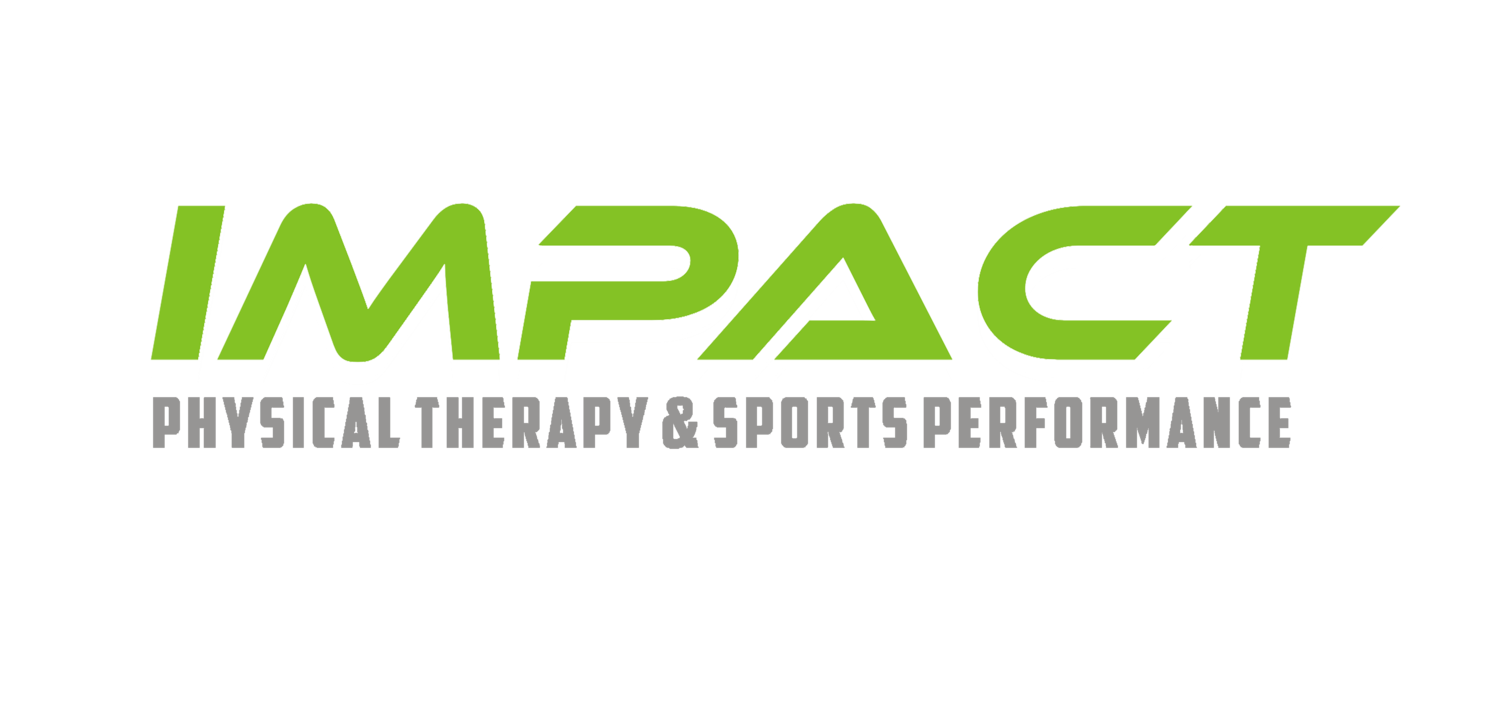Strengthening the Guard: The Role of Rotator Cuff Muscles in Shoulder Stability
The rotator cuff is a vital player in the complex symphony of shoulder movement and stability. At Impact Physical Therapy and Sports Performance, we recognize the crucial role these muscles play, not just in the athletic performance of our patients, but in the day-to-day activities of individuals recovering from injury. This article delves into the anatomy of the rotator cuff, its function in maintaining shoulder stability, and the importance of keeping these muscles strong and flexible.
Understanding the Rotator Cuff
The rotator cuff is composed of four small muscles (supraspinatus, infraspinatus, teres minor, and subscapularis) that wrap around the head of the humerus, anchoring it within the shallow socket of the shoulder blade. Together, these muscles work to rotate the arm and maintain the humerus' position during arm movements, acting as the shoulder's dynamic stabilizers.
The Crucial Role of Rotator Cuff Muscles
Mobility and Stability: The rotator cuff allows a wide range of motion while keeping the shoulder joint stable, ensuring that the arm can move freely without dislocation.
Injury Prevention: Strong and flexible rotator cuff muscles are essential for preventing injuries, particularly in activities involving overhead motions.
Posture and Function: These muscles play a key role in maintaining good shoulder posture and function, which is crucial for overall upper body strength and health.
Common Rotator Cuff Injuries
Rotator cuff injuries can range from mild inflammation (tendinitis) and bursitis to more severe tears. Causes include acute trauma, repetitive stress, and degenerative changes. Symptoms often involve pain, weakness, and limited range of motion in the shoulder.
Strengthening and Rehabilitation Effective rehabilitation and strengthening of the rotator cuff are foundational in both recovery from injury and prevention of future issues. Key strategies include:
Isolated Strengthening Exercises: Targeted exercises, such as internal and external rotation with bands or weights, help isolate and strengthen each rotator cuff muscle.
Flexibility and Range of Motion: Stretching and mobility exercises enhance flexibility, reducing the risk of tears and strains.
Functional Training: Incorporating exercises that mimic daily activities or specific sports can help ensure the shoulder is prepared for the stresses of specific movements.
Conclusion:
The rotator cuff muscles are indispensable to the functional integrity and stability of the shoulder joint. At Impact Physical Therapy and Sports Performance, we emphasize the importance of these muscles in maintaining an active and injury-free lifestyle. Through targeted rehabilitation and preventive care, our goal is to empower patients with the knowledge and tools needed to keep their shoulders strong and healthy.
If you're experiencing shoulder pain or want to improve your shoulder stability and function, contact us today. Let our team at Impact Physical Therapy and Sports Performance help you achieve optimal shoulder health and performance.

